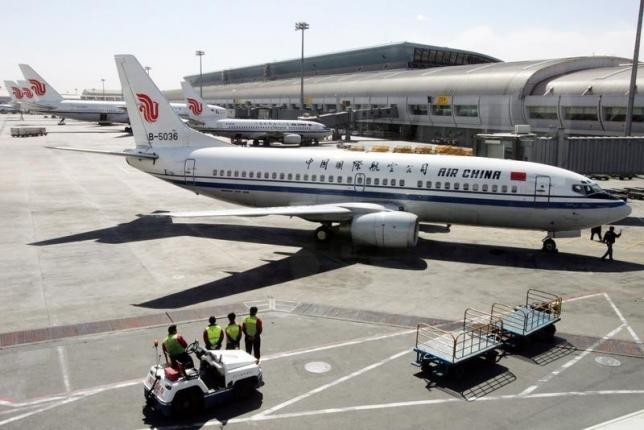The country’s aviation regulator is set to increase air rights and provide better allocation of international routes in a bid to push domestic airlines to participate in the global market, according to a Reuters report.
A document released by the Civil Aviation Administration of China (CAAC) on its website on Wednesday, May 27, said that despite several difficulties that include lack of safety resources and poor development, China wants to become a "strong civil aviation nation" by 2020.
The report said that the demand for aviation services was driven by the growth in the number of wealthy middle-class citizens in China in recent years, which led to the shortage of airports and qualified pilots.
CAAC plans to set up Beijing, Shanghai and Guangzhou as international airport hubs, as well as subsidize the development of regional aviation networks in border cities such as Urumqi and Kunming.
The regulator said that to speed up the launching of lower altitude airspace for civilians, China will push for reforms in airspace management and enhance cooperation between civil and military air controllers.
To further enable the general aviation sector to develop, CAAC will encourage the establishment of businesses engaged in private jet business or emergency care as well as simplify procedures to approve airport construction.
Details on the amount of investment or timelines were not mentioned in the 18-page-long document.
China's cabinet said last week that it will be opening up further the country's lower altitude airspace for civilian use, which is expected to boost the growth of the country's struggling aviation industry by making it easier for smaller aircraft like private jets and helicopters to fly.
Earlier this month, CAAC said that the government is set to invest 77 billion yuan ($11.9 billion) this year to build aviation infrastructure. The agency said the plan will focus on airports, which will initially lead to 11 key construction projects and improvement and upgrade of existing 52 aviation-related facilities.



























